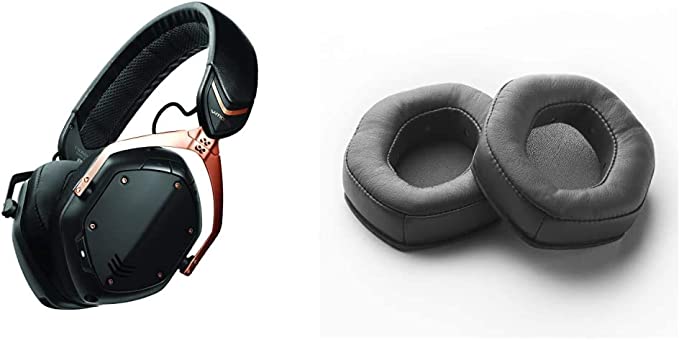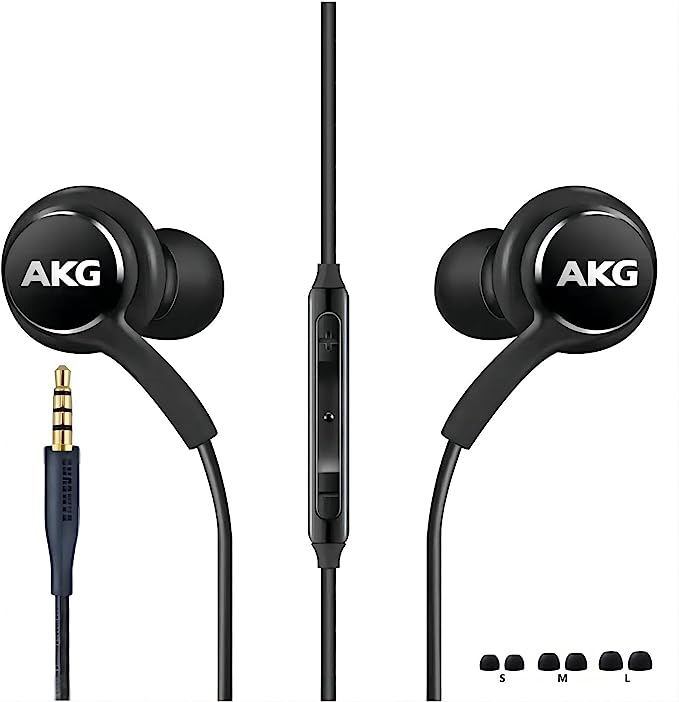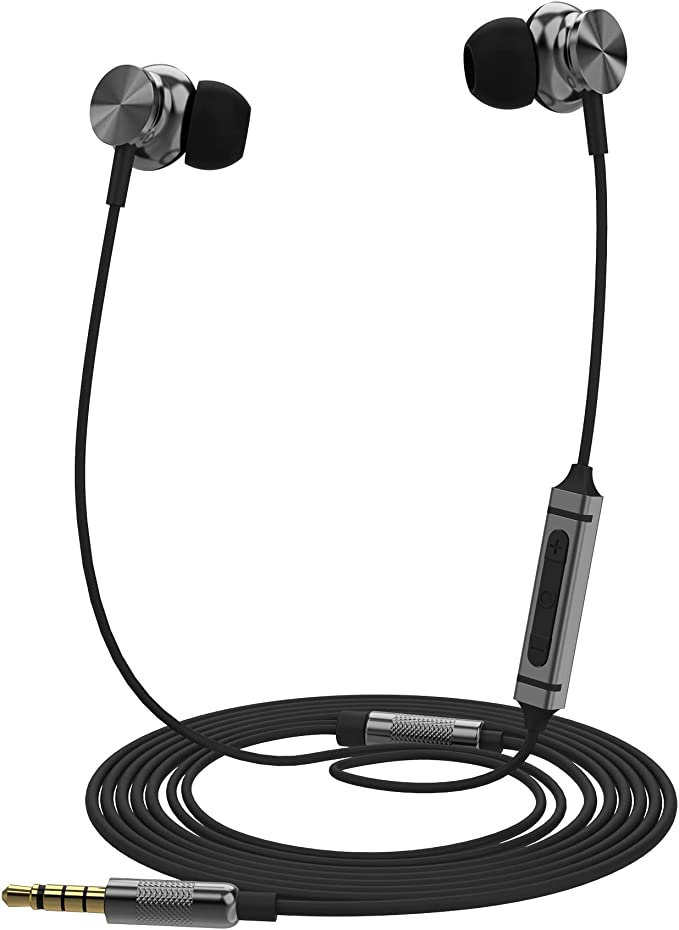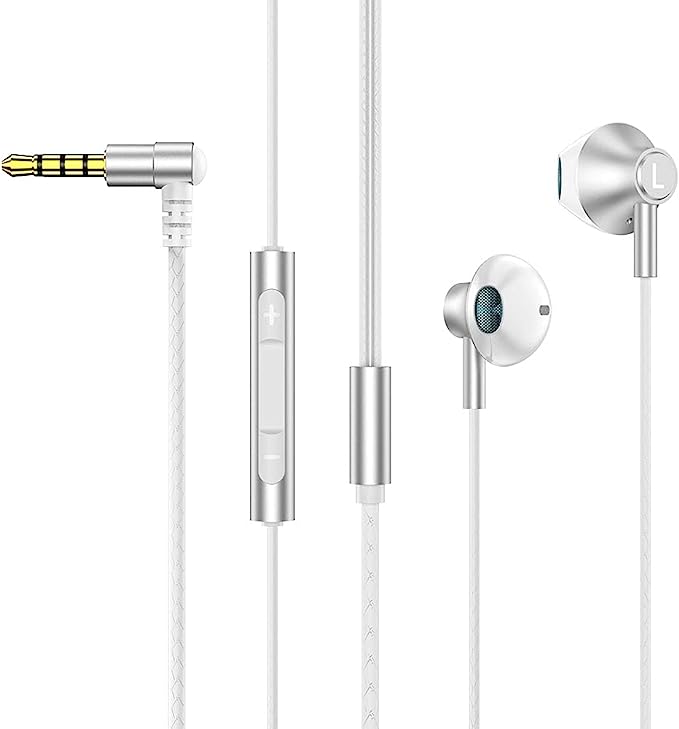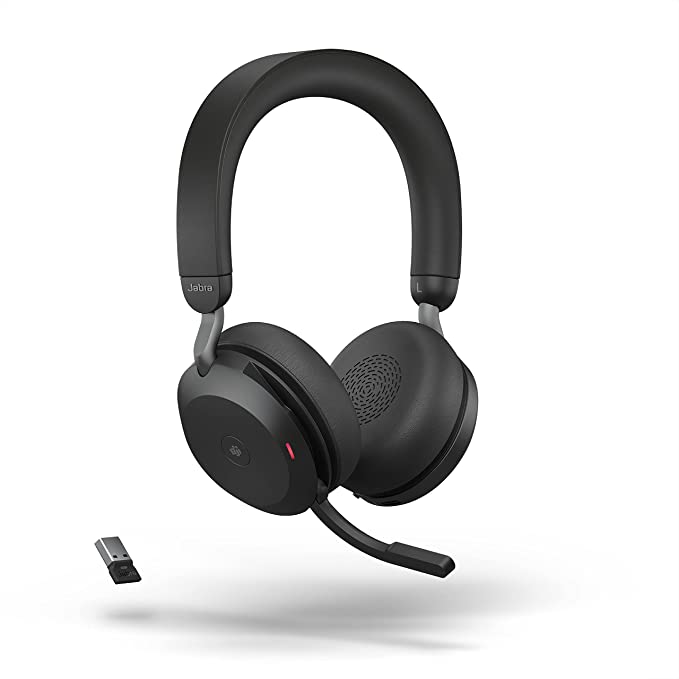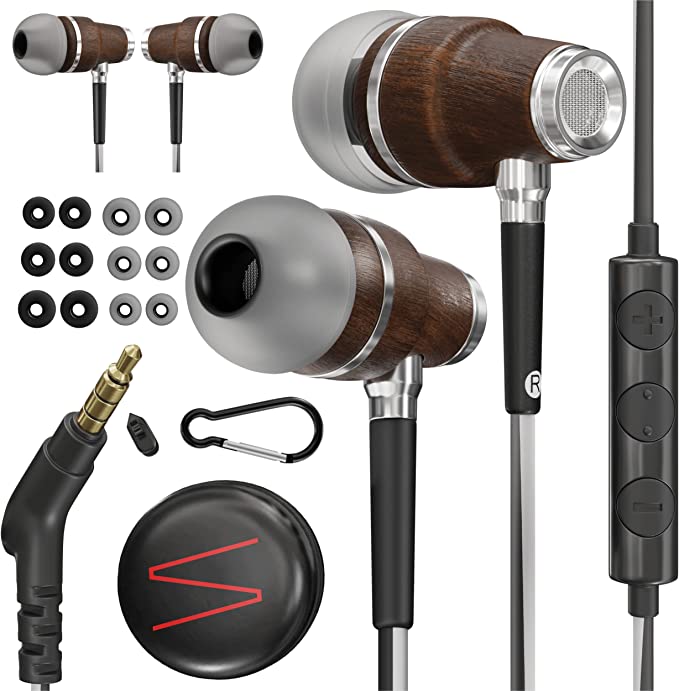Avantree C171 Type C Earbuds: A Clear Choice for USB-C Users
Update on June 30, 2025, 7:45 a.m.
It’s a scenario we’ve all come to dread. You’re jogging on a treadmill, hitting your stride, when a crucial beat drop in your favorite song is replaced by the jarring silence of a dead battery. Or worse, you’re about to speak in an important conference call, and the robotic voice in your ear cheerfully announces, “Bluetooth disconnected.” In our relentless pursuit of a wireless utopia, we’ve inadvertently created a new web of anxieties: charging cycles, pairing failures, and the slow-motion horror of watching a single, expensive earbud skitter across the pavement.
Amid this chaos, a product like the Avantree C171 Wired USB C Headphones feels almost defiant. It’s a simple cord with earbuds on the end. At first glance, it seems like a relic. But as an audio engineer, I see something else entirely. I see a masterclass in purpose-built design, a device that isn’t technologically lagging but is, in fact, intelligently opting out of a race it has no need to run. To understand its quiet brilliance, we need to look closer, not just at the product, but at the science it so elegantly employs.

The Analog Ghost and the Digital Chef
The first question to ask is why this simple wire is fundamentally different from the one that dangled from your old Walkman. The answer lies in the port it plugs into. The classic 3.5mm jack was an analog exit ramp; your phone or music player first had to convert the 1s and 0s of a digital file into a smooth, electrical soundwave inside the device itself. This conversion was handled by an internal component called a Digital-to-Analog Converter, or DAC.
USB-C changes the entire game. It’s a digital superhighway that transfers raw, unprocessed data. Think of it this way: your phone used to be the chef, meticulously preparing an analog meal and serving it on a 3.5mm plate. With USB-C, your phone is now just a delivery driver, handing over a box of digital ingredients. The Avantree C171, then, becomes the personal chef. It has its own tiny, built-in DAC that receives those digital ingredients and “cooks” the audio right at your ear.
This isn’t a minor technical detail; it’s a paradigm shift. It means the C171 is a complete, self-contained audio system. It doesn’t rely on the variable quality of a phone’s internal DAC. This is possible because of a universal standard called the USB Audio Class (UAC), which acts like a common language, allowing devices like this to work seamlessly across different platforms, from an iPhone 15 to a Google Pixel or a laptop. The result is a sound that is consistent, clean, and free from the latency and compression artifacts that can sometimes plague a Bluetooth connection. It’s the simple, physical integrity of a signal traveling down a copper wire.

Defying Gravity with a Simple Hook
Beyond the digital intelligence in its plug, the C171’s most visible feature is its over-ear hook. This is a direct solution to a problem of basic physics. A standard, unanchored earbud is in a constant battle with momentum and gravity. Every head turn, every footfall, creates rotational torque and jarring forces that work to dislodge it from your ear canal.
The ear hook is a beautiful piece of applied ergonomics, a simple machine that elegantly wins this battle. By looping over the top of your ear, it acts as a lever, shifting the center of gravity and distributing the earbud’s minuscule 50-gram weight across a much larger, more stable structure—your outer ear. This creates a secure anchor, ensuring the earpiece stays put. When combined with the three included sizes of silicone tips, which create a proper acoustic seal inside the ear canal, the fit becomes both incredibly secure and comfortable for long periods. It’s a design born from understanding how bodies move.

The Quiet Confidence of a Click
Now, look at the small in-line remote. In an era obsessed with sleek, buttonless touch surfaces, these three physical buttons are a statement of practical wisdom. This taps into a core principle of Human-Computer Interaction (HCI): the power of tactile feedback. When you press a button, you feel a distinct click. Your sense of touch confirms the action was completed, freeing your eyes and mind to focus on other things.
This is invaluable in the real world. You can adjust the volume or skip a track mid-run without breaking your pace to glance at a screen. You can mute a call with absolute certainty. This concept is even echoed in theories like Fitts’s Law, which states that the time to acquire a target is a function of the distance and size of that target. A physical button is a large, predictable, and forgiving target for your thumb, far more reliable than a small, invisible touch zone that can be accidentally triggered by sweat or a stray brush of your hand.
Honesty in the Fine Print: A Reality Check
The market seems to agree with this philosophy of practical design, granting the C171 a stellar 4.4-star rating from over 18,000 users. The praise consistently highlights what you’d expect: users love that they “fit perfect” and that the “microphone works very well,” the latter being a benefit of having a mic positioned on a cable closer to the mouth.
However, no $20 product is without its trade-offs, and transparency is key. Some users note that you must be gentle with the cord, a common compromise in achieving such a lightweight and affordable design. A physical wire will always be a potential point of failure if mistreated. More critically, we must address a potential point of confusion: its suitability for sports. While the secure fit is perfect for athletic motion, the product specification clearly states it is “Not Water Resistant.” This is a crucial distinction. The C171 is your reliable partner for a gym workout or a dry-day run, but it is not designed to endure a rainstorm or be saturated with sweat. It’s engineered for stability, not invulnerability.

Conclusion: The Wisdom of the Wire
So we return to our initial question. Why choose a wire in 2024? The Avantree C171 suggests the answer isn’t about looking backward, but about making a conscious, intelligent choice. This headphone isn’t a technological compromise; it is a declaration of priorities. It prioritizes the unwavering reliability of a physical connection over the fickle convenience of Bluetooth. It prioritizes the ergonomic certainty of a secure fit over minimalist aesthetics. It prioritizes the simple, tactile confidence of a button over the ambiguity of a touch sensor.
In a world that constantly pushes us to upgrade, to sync, to charge, the C171 represents a form of digital minimalism. It is a tool that simply works, every single time you plug it in. It frees you from one more layer of technological anxiety. It’s not about what features it lacks, but about the flawless and dependable execution of the features it has. And in that, this humble, $20 wired headphone reveals itself to be an unlikely hero and a true masterclass in engineering.




